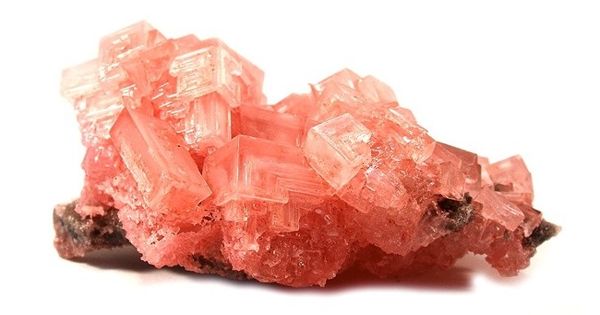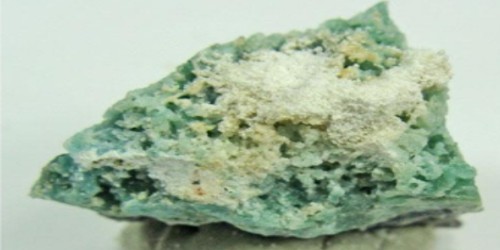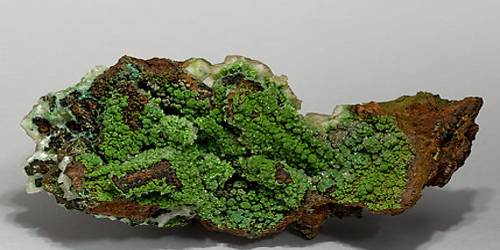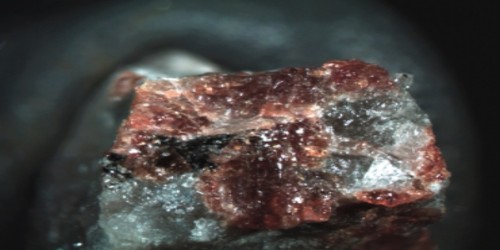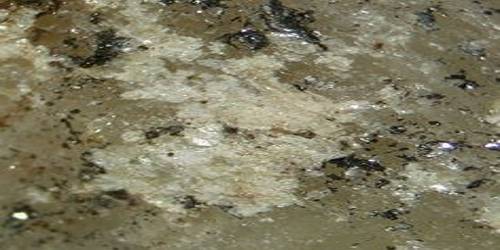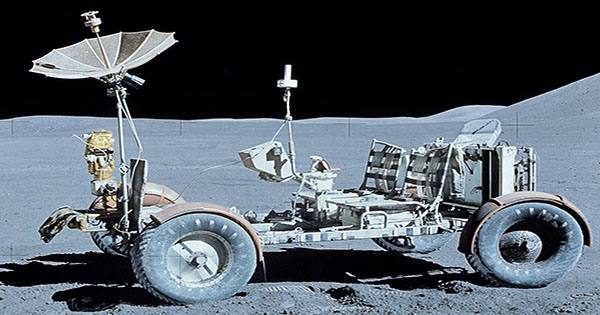Nahcolite is a mineral consisting of natural sodium bicarbonate. It is a soft, colorless, or white carbonate mineral with the composition of sodium bicarbonate (NaHCO3) also called thermokalite. It is the natural mineral most familiar to us as Sodium Bicarbonate or Sodium Hydrogen Carbonate or (most commonly) Baking Soda. It crystallizes in the monoclinic system.
Nahcolite was first described in 1928 for an occurrence in a lava tunnel at Mount Vesuvius, Italy. Its name refers to the elements which compose it: Na, H, C, and O.
General Information
- Category: Carbonate mineral
- Formula: (repeating unit) Sodium bicarbonate (NaHCO3)
- Crystal system: Monoclinic
- Crystal class: Prismatic (2/m) (same H-M symbol)
- Colour: White to colourless, may be grey to brown.
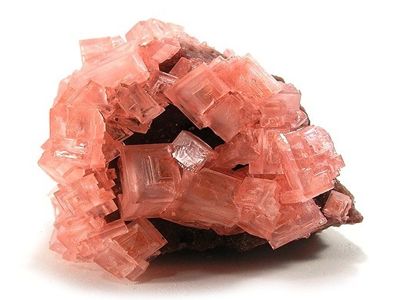
Properties
Nahcolite is a colorless white carbonate mineral, a naturally occurring sodium bicarbonate. Its structure consists of planar chains of carbonate groups linked by hydrogen bonds; planes are linked together by sodium in sixfold coordination with oxygen.
- Crystal habit: Elongated crystals, fibrous masses, friable porous aggregates
- Fracture: Conchoidal
- Tenacity: Brittle
- Mohs scale hardness: 2.5
- Lustre: Vitreous – resinous
- Streak White
- Diaphaneity: Transparent to translucent
- Specific gravity: 2.21
- Optical properties: Biaxial (-)
Occurrences
It occurs in association with trona, thermonatrite, thenardite, halite, gaylussite, burkeite, northupite and borax. It occurs as a hot spring and saline lake precipitate or efflorescence; in differentiated alkalic massifs; in fluid inclusions as a daughter mineral phase and in evaporite deposits.
It has been reported in a Roman conduit at Stufe de Nerone, Campi Flegrei, near Naples; in the U. S. from Searles Lake, San Bernardino County, California; in the Green River Formation, Colorado and Utah; in the Tincalayu deposit, Salar del Hombre Muerto, Salta Province, Argentina; on Mt. Alluaiv, Lovozero Massif and Khibiny Massif, Kola Peninsula, Russia; and around Mount Erebus, Victoria Land, Antarctica.
Uses
Nahcolite as sodium hydrogen carbonate is used as a buffering agent since in the presence of an acid it decomposes ultimately releasing carbon dioxide, and in the presence of a base, it turns into a carbonate, thus neutralizing the acid or base.
Association: Trona, thermonatrite, th´enardite, halite, gaylussite, burkeite, northupite, borax.
Information Source:
